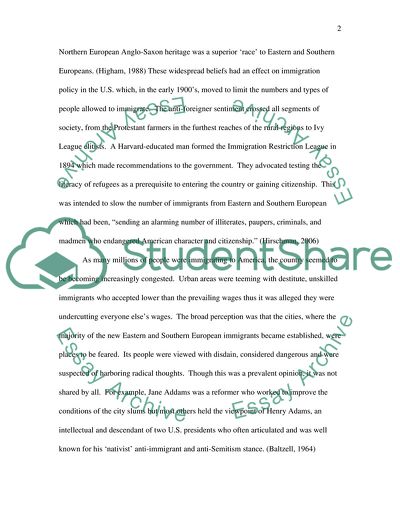Cite this document
(Importance of Immigration in the Development of the U.S. Culture Article, n.d.)
Importance of Immigration in the Development of the U.S. Culture Article. https://studentshare.org/culture/1736437-importance-of-immigration-in-the-development-of-the-us-culture
Importance of Immigration in the Development of the U.S. Culture Article. https://studentshare.org/culture/1736437-importance-of-immigration-in-the-development-of-the-us-culture
(Importance of Immigration in the Development of the U.S. Culture Article)
Importance of Immigration in the Development of the U.S. Culture Article. https://studentshare.org/culture/1736437-importance-of-immigration-in-the-development-of-the-us-culture.
Importance of Immigration in the Development of the U.S. Culture Article. https://studentshare.org/culture/1736437-importance-of-immigration-in-the-development-of-the-us-culture.
“Importance of Immigration in the Development of the U.S. Culture Article”. https://studentshare.org/culture/1736437-importance-of-immigration-in-the-development-of-the-us-culture.


